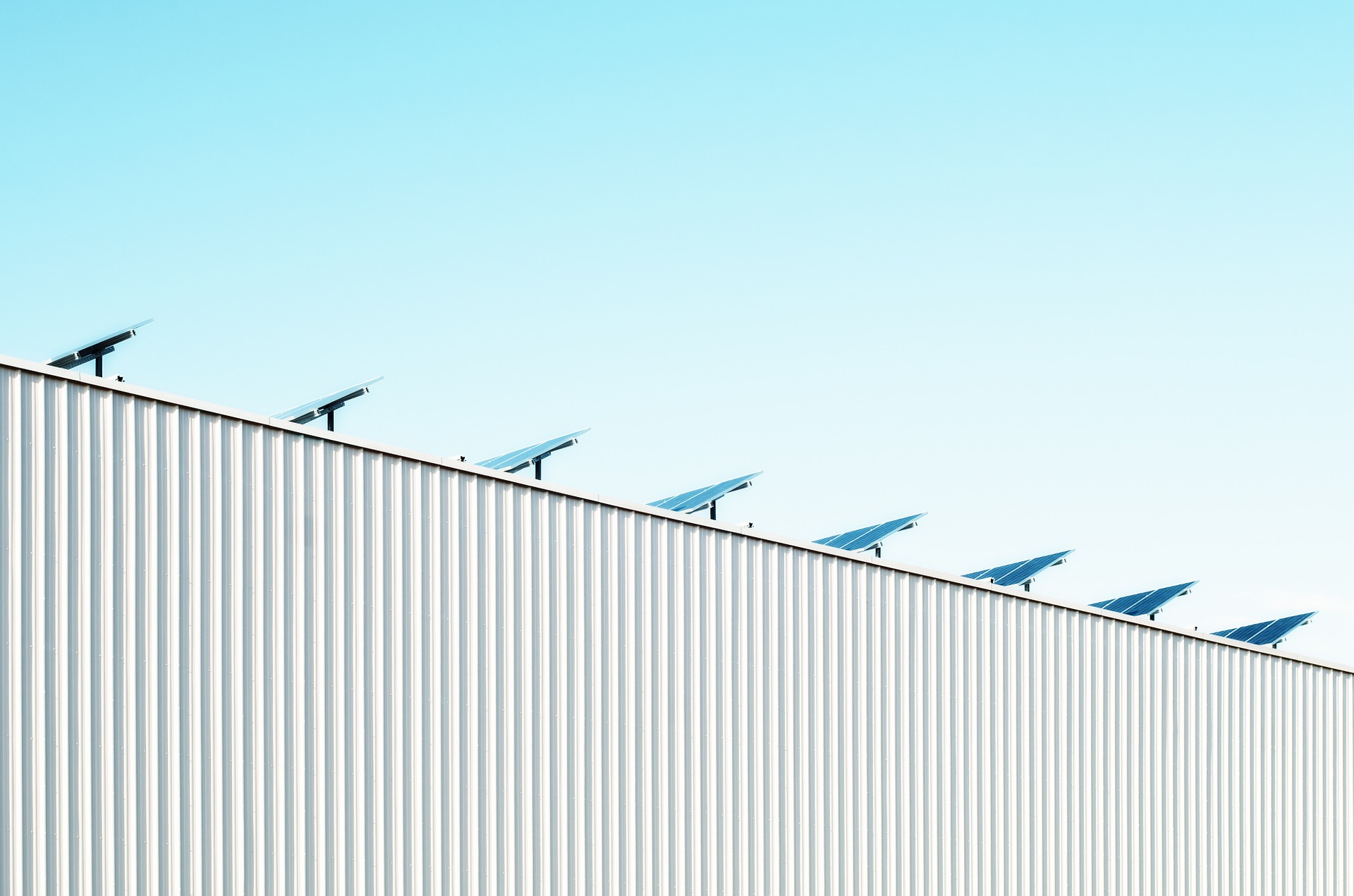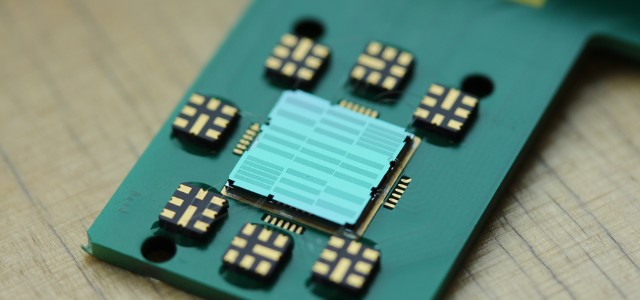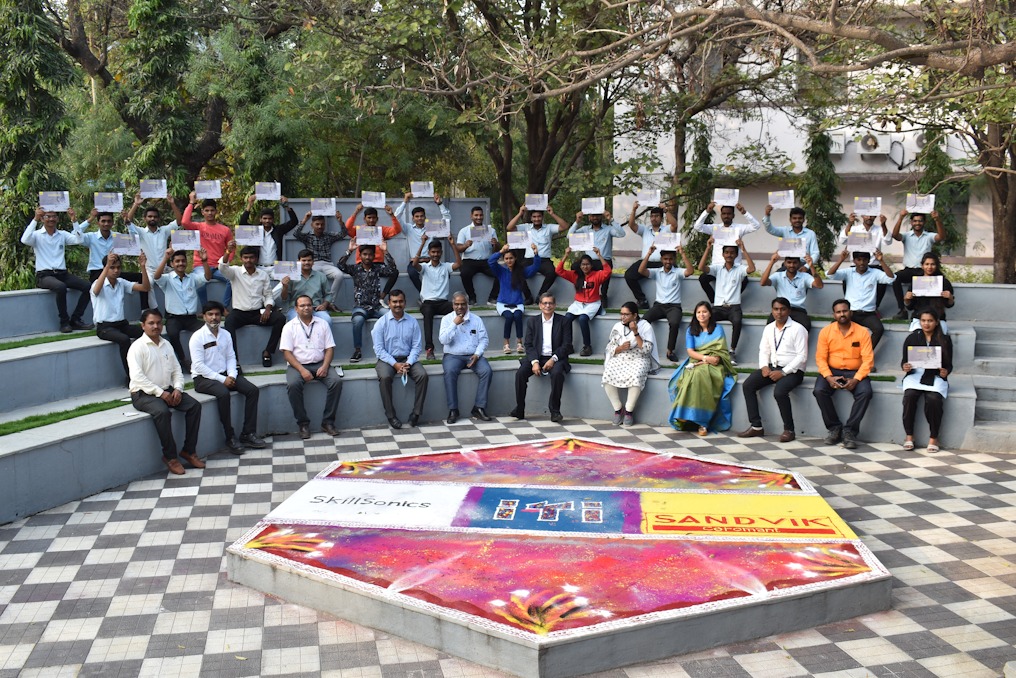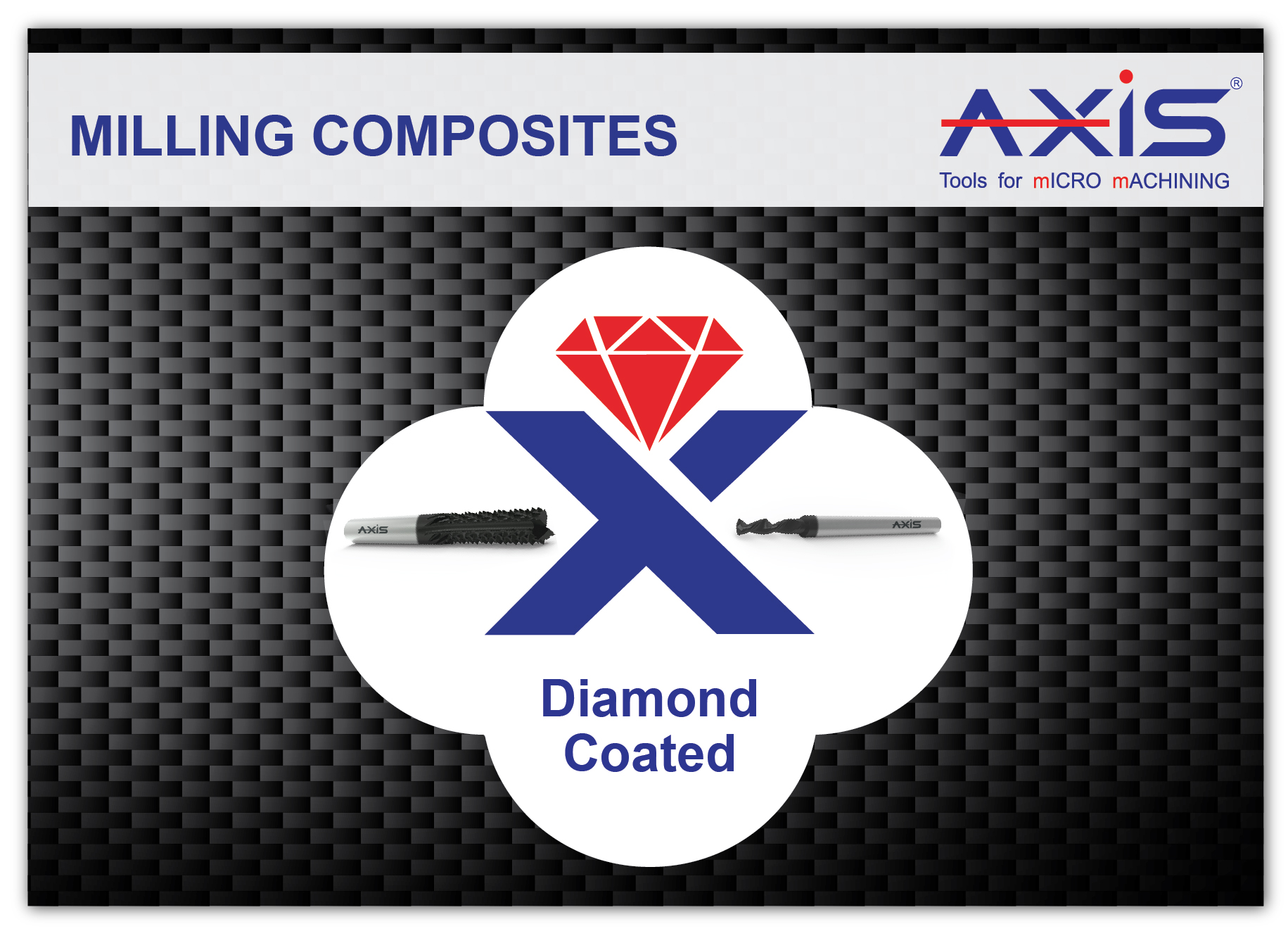Are Solar Panels a Good Fit for Your Manufacturing Facility?

Clean energy is much better for the environment and for local communities.
It’s no secret that the manufacturing industry is responsible for high levels of energy consumption. There are many reasons for this — including the equipment and processes used and various inefficiencies. It has gotten better in recent years, especially with the help of renewable energy sources.
One of the cheapest energy sources is solar, as declared by the International Energy Agency. It is also one of the most accessible methods for generating electricity. But is it capable enough to sustain large-scale industrial and manufacturing operations? Are solar panels a good fit for the average manufacturing facility?
Cheap, Clean, and Capable
Cheap is good, and it means both low overhead and higher profits. So, it’s probably most important to consider that solar energy is affordable, and the systems that generate electricity — which use solar panels — are relatively easy to maintain.
Clean energy is much better for the environment and for local communities. No by-products, chemicals, or fumes are generated as a result, like what you get with traditional fossil fuels. This is especially important for operations that are situated closer to residential areas.
However, clean and cheap is of no benefit if the technology is not capable or reliable. Is it possible to generate enough solar energy to sustain manufacturing operations? The answer is, unequivocally, yes.
To add to that point, the technology has advanced considerably in recent years and is also supported by much more capable storage and delivery systems, such as Tesla’s Powerwall batteries and similar super-efficient storage solutions.
Why Solar Panels Are a Good Fit
Stop for a moment and consider the layout of the average industrial or commercial facility. They are often incredibly large, covering a huge surface area, which means the buildings themselves have a lot of square footage on all sides, including the roof.
Commercial facility roofs are primarily wasted space. Besides HVAC systems, there’s nothing up there. It’s an excellent place to install solar panels, not just because it uses the open area but also because they can capture direct sunlight. Naturally, that generates more electricity.
By making use of existing and underutilized space, you’re squeezing more value out of the property, too. Also, it increases the performance and productivity of the facility. You’d be cutting down on energy consumption costs, which balloon operational costs, and tend to be sizable for industrial organizations.
Is It Even Practical to Run Manufacturing Facilities on Solar?
There are already major players working to improve their operations with solar energy. Apple, for example, has partnered with NV Energy to develop a 200-megawatt solar farm, which will power the company’s largest data center. Other companies with solar-powered warehouses and operations include AGCO, Target, Walmart, Costco, Kohl’s, IKEA, Prologis, and many others.
It is both possible and practical to support manufacturing energy needs with solar-generated solutions. Even better, many of the misconceptions about solar are being dealt with in innovative and intelligent ways.
What Are the Misconceptions?
Solar is generated during the daytime when the sun is out, which leads many to believe it’s not possible to leverage this type of energy in the dark. When the sun goes down, does that mean the electricity flow stops?
In the past, energy would continue flowing from the energy grid to homes and businesses during these “dark hours.” At night you’d just be using “traditional” power. However, thanks to storage solutions — like the aforementioned Tesla Powerwall — it’s possible to store excess energy during the daylight hours for use later, like during nighttime.
Moreover, you don’t need sunny weather for solar panels to generate energy. The panels still function on overcast days because the sun’s rays penetrate the cloud cover. Panels are less efficient on cloudy days, but they still generate plenty of electricity to keep operations running.
Finally, solar panels work better in cold weather, contrary to popular belief. High temperatures can reduce their efficiency. Since the sun and heat tend to go together, many feel that cold weather and colder months mean less energy. But that’s not the case.
Manufacturing With Solar Power
One of the best ways for manufacturing operations to be more sustainable is to leverage clean, renewable energy sources. This decreases waste, lowers environmental impacts, and even provides operational cost savings. These are all principles of lean manufacturing, which operates under the “less is more” mantra.
It is possible, practical, and smart to run a manufacturing facility using solar panels and solar-generated electricity — many companies have already demonstrated this beautifully. Plus, commercial facilities have underutilized space available on the roof, which is the perfect place to install solar panels. In every way, solar is a good fit.
Bio:
Jane is the founder and editor-in-chief of Environment.co where she covers topics in green technology, energy and environmental sustainability.





